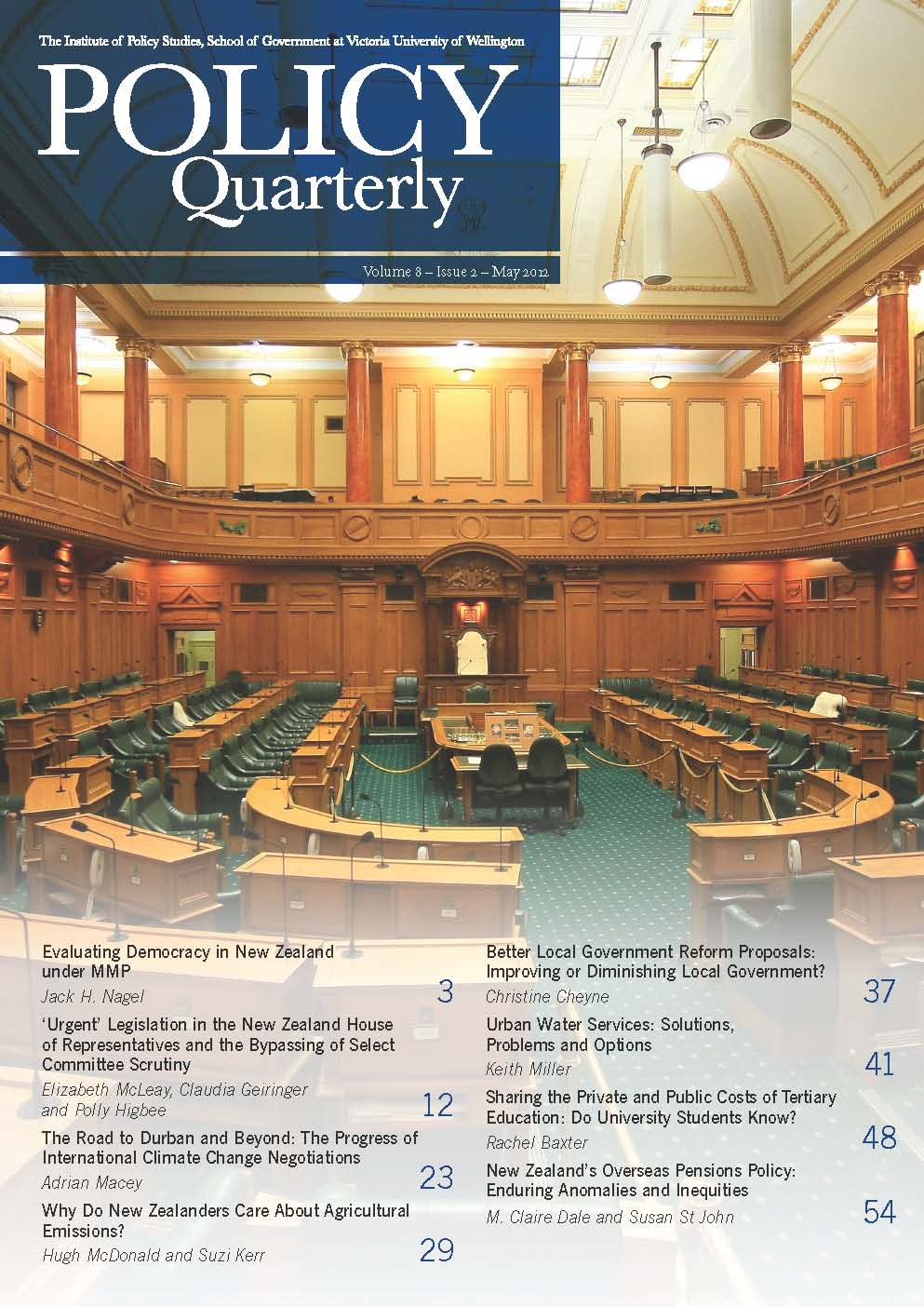Sharing the private and public costs of tertiary education: do university students know how heavily their education is subsidised and how would increases in course fees change their study behaviour?
DOI:
https://doi.org/10.26686/pq.v8i2.4419Keywords:
private and public returns from tertiary education, student loans interest-free, tertiary education organisations (TEOs), cost-sharing arrangements, Ministry of Education, student achievement component (SAC) funding, OECD, fee regulationAbstract
The direct costs of tertiary education are shared between students and government on the basis that there are both private and public returns from tertiary education, and because the government has limited financial resources to commit towards tertiary education. However, the question ‘who should pay?’ is controversial. In 2005 the New Zealand general election was won arguably as a result of a promise to make student loans interest-free for New Zealand-based borrowers (Roy, 2011).
Downloads
Downloads
Published
Issue
Section
License
Permission: In the interest of promoting debate and wider dissemination, the IGPS encourages use of all or part of the articles appearing in PQ, where there is no element of commercial gain. Appropriate acknowledgement of both author and source should be made in all cases. Please direct requests for permission to reprint articles from this publication to Policy-Quarterly@vuw.ac.nz.



